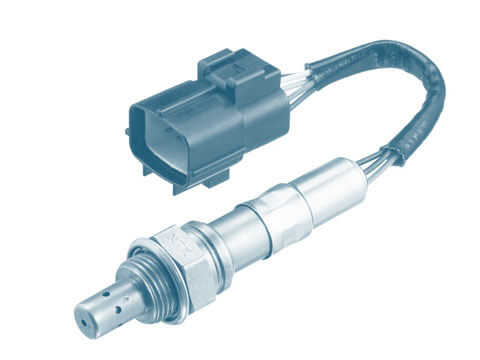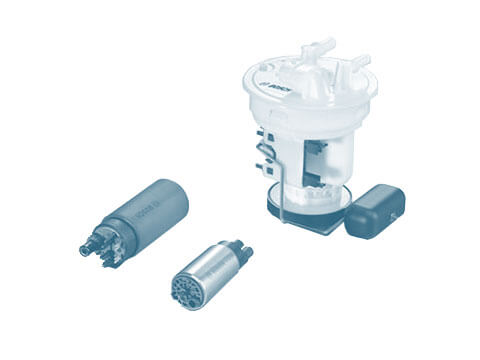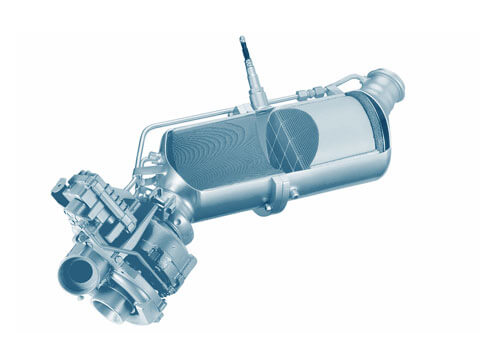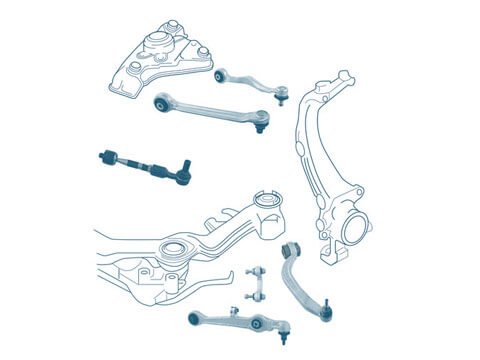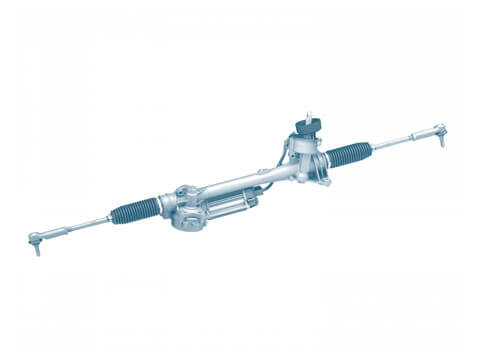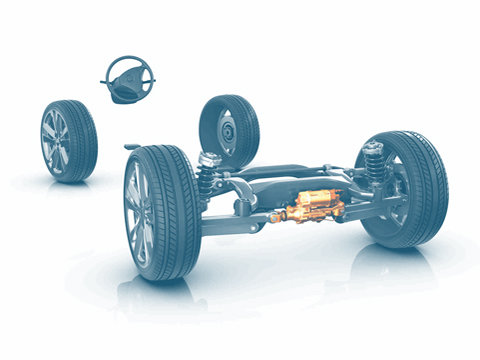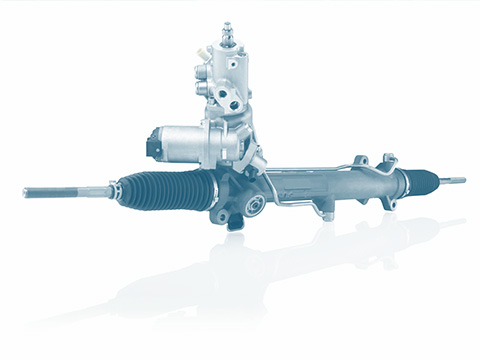Rear-axle steering
Some passenger cars are equipped with rear-axle steering to improve vehicle dynamics.
Function
Rear-axle steering involves turning the wheels on the rear axle, which has a direct effect on the vehicle dynamics. This is an advantage in many different driving situations. The ability to change the toe angle of the rear wheels provides the driver with different steering functions:
- In tight corners or with tight driving manoeuvres, the driver can decrease the turning circle by turning the wheels of the rear axle in the opposite direction to the front wheels. As a result, the wheels on the front and rear axles are on a mutual circular path, so the turning circle becomes smaller and agility increases.
- Turning the rear axle wheels in the direction of the front axle wheels helps to increase driving stability – and thus driving safety – when driving at higher speeds, especially when it comes to performing evasive and lane-changing manoeuvres.
Similar to with front-wheel steering, hydraulic or electromechanical actuators can also be used to carry out the corresponding steering commands. There are two different variants that can be used, depending on the requirement and available installation space:
- If the two rear wheels are connected to each other, an actuator – built into the middle of the axle – steers both wheels via a track control arm.
- With two actuators that are independent of one another, each wheel is steered individually.
Sicherheit
Die Hinterachslenkung trägt aktiv zur Fahrsicherheit bei: In engen Kurven verkleinert sich der Wendekreis, bei höheren Geschwindigkeiten wird die Fahrstabilität erhöht.





